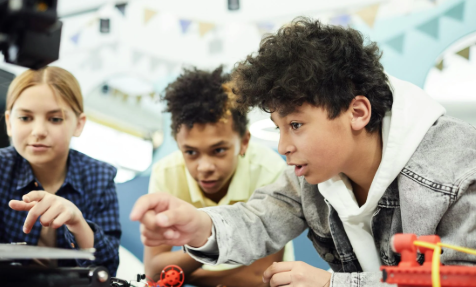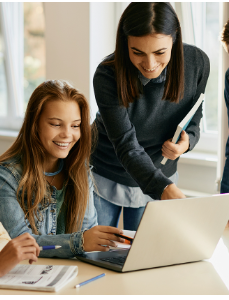Tracking student progress is essential in any learning environment, but it’s especially important in personalized learning. Because students follow individual paths, often at their own pace and with varied goals, educators need reliable systems to monitor growth, guide instruction, and support continuous improvement. With the right tools and strategies, progress tracking can help both teachers and students stay focused and empowered.
Set Clear, Personalized Learning Goals
The first step in tracking progress is establishing specific goals for each learner. These goals should reflect academic standards while allowing flexibility based on student interests, readiness, and learning style. Involving students in the goal-setting process builds ownership and helps them stay engaged.
Use Formative Assessment Frequently
Ongoing assessments provide timely insight into how students are doing and what support they need. In personalized learning, formative assessments can take many forms:
- Short quizzes or polls
- Exit tickets
- Student reflections and learning journals
- Digital tools that provide instant feedback
These assessments help identify learning gaps early and guide instructional adjustments.
Leverage Technology for Real-Time Insights
Learning management systems (LMS) and adaptive learning platforms often include dashboards and analytics that make it easier to:
- Monitor mastery of specific skills
- View student activity and engagement levels
- Identify trends across individuals or groups
Using these tools enables educators to respond quickly to changing student needs.
Maintain Learning Portfolios
Student portfolios—digital or physical—are a powerful way to document growth over time. They may include written work, project artifacts, video presentations, and self-assessments. Portfolios promote student reflection and provide a comprehensive picture of learning beyond test scores.
Conduct Regular Student Conferences
Personalized learning environments benefit from consistent one-on-one check-ins. Conferences provide an opportunity to:
- Review progress toward goals
- Celebrate achievements
- Identify challenges and plan next steps
- Strengthen the teacher-student relationship
Involve Students in the Process
When students help track their own progress, they develop metacognitive skills and take more responsibility for their learning. Encourage them to:
- Reflect on their performance
- Adjust goals as needed
- Keep track of milestones and accomplishments
Conclusion
Tracking progress in personalized learning environments ensures that each student receives the right support at the right time. By using a combination of assessments, technology tools, student input, and reflective practices, educators can build systems that guide meaningful learning and growth. With clear visibility into their progress, students are empowered to take charge of their educational journey.














